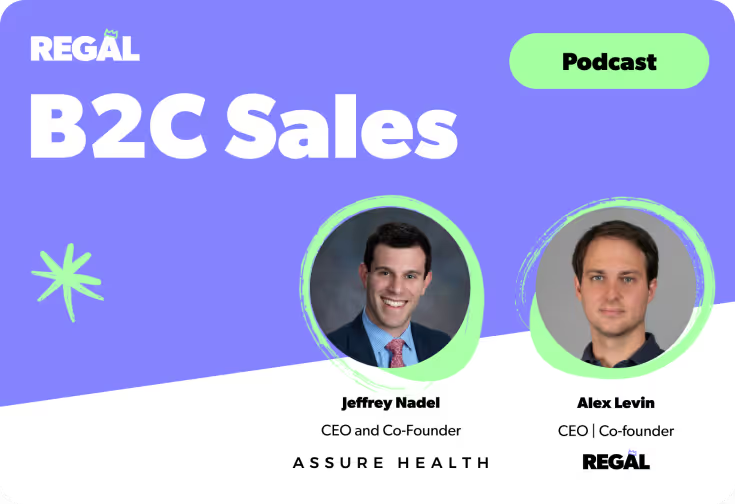
September 2023 Releases
Enterprise contact centers run thousands of different conversations across dozens of product lines, geographies, and customer segments. Supporting that level of scale with accurate, up-to-date information is a massive operational challenge.
And until now, it has been incredibly hard to make work with Voice AI.
Each interaction requires a different policy, a region-specific answer, or a product-specific explanation. Getting that right consistently requires very intelligent coordination.
Every enterprise has its own way of doing things. But buried in CRMs, wikis, PDFs, and help centers is the contextual knowledge needed to make AI-driven conversations feel human.
You can’t just cram all of that context into a single prompt. As prompts get longer, performance starts to degrade—the AI becomes less predictable, slower to respond, and more prone to missing critical logic.
Retrieval-Augmented Generation (RAG) changes that.
RAG enables enterprises to inject their own data—compliance rules, product guides, service workflows—directly into Regal AI Agent conversations. It makes every agent smarter, more aligned with your business, and fully capable of handling the real-world edge cases that used to require human awareness.
It’s how Regal turns Voice AI into something uniquely yours. And why our AI Agents don’t just automate, but perform as well as humans.
Retrieval-Augmented Generation (RAG) is a method of combining large language models (LLMs) with external knowledge sources—like documents, web pages, or internal databases—to generate responses that are grounded, contextual, and specific to your business.
While standalone LLMs rely on what they’ve been trained on (a snapshot of the public internet), RAG-enabled systems can pull in dynamic, proprietary data at runtime.
That means your AI Agents don’t guess—they look things up. Just like a human rep would.
In a contact center, sounding human isn’t enough. AI Agents need to be accurate and compliant, to your standards (no matter how specific). RAG ensures they are.
Here’s how Regal’s implementation works:
When a Regal AI Agent receives a question—say, “What’s your refund policy for prepaid services in California?”—it doesn’t search its prompt for a pre-written reply. Instead, it:
This retrieval and generation cycle happens within milliseconds.
The result? Your AI Agent answers with the same precision and policy awareness as a tenured rep who has every manual open in front of them.
In practice:
RAG transforms AI Agents from static script-followers into dynamic, adaptive operators who always know where to find the right answer.
.png)
Without RAG, AI Agents are limited to what you hardcode into their prompt.
That might work for 20 common FAQs. It doesn’t scale for real-world complexity.
Modern enterprises need AI that can:
RAG is how Regal unlocks this capability:
In short: RAG is what turns a generic AI voicebot into a real, “thinking” contact center agent.
At Regal, RAG is a core architectural pillar.
Our Knowledge Base system is built directly on top of Amazon Bedrock’s retrieval infrastructure. It allows every AI Agent on the platform to seamlessly reference:
All without requiring developer involvement.
Our implementation handles the hard parts:
Customers can upload or sync content, assign knowledge bases per agent, and monitor usage—all from the UI.
And because we own the full stack, we can optimize every part of the pipeline for speed, accuracy, and security.
This is what makes Regal’s use of RAG different. We don’t just enable it—we’ve productized it for real-world enterprise use.
.png)
RAG drives better call outcomes in some of the most critical contact center workflows:
When a customer asks about pricing, product specs, or terms during a qualification call, the AI Agent retrieves the relevant details—like plan comparisons or regional availability—so it can give a clear, accurate answer without guessing or overscripting.
Support calls often require referencing documentation—troubleshooting steps, refund eligibility, or internal escalation rules.
Instead of relying on a bloated prompt or retraining, the AI Agent uses RAG to pull the appropriate support article or guide on demand.
Scheduling often involves more than just availability. There may be prep instructions, cancellation policies, or location-specific rules.
The AI Agent retrieves the correct guidance from internal resources in real time—no manual updates needed.
RAG allows the agent to reference the latest payment terms, past-due handling instructions, or repayment options based on account type or geography.
This helps the conversation stay compliant and up to date without requiring manual scripting.
Service-based bookings often trigger follow-up questions—“Do I need to be home?”, “What if the technician is late?”, “Can I reschedule without a fee?”
The AI Agent can retrieve accurate instructions or policies directly from your service documentation, ensuring that confirmations are handled consistently and aligned with operational guidelines.
.png)
Every platform claims their AI is “contextual.” Regal delivers on that promise—because we’ve built RAG directly into the DNA of our voice agent platform.
It’s what enables your AI to:
If you're investing in AI Agents to drive performance, not just automation, you need RAG under the hood.
Want to see what RAG-powered conversations look like? Book a test call with Regal.

Ready to see Regal in action?
Book a personalized demo.









